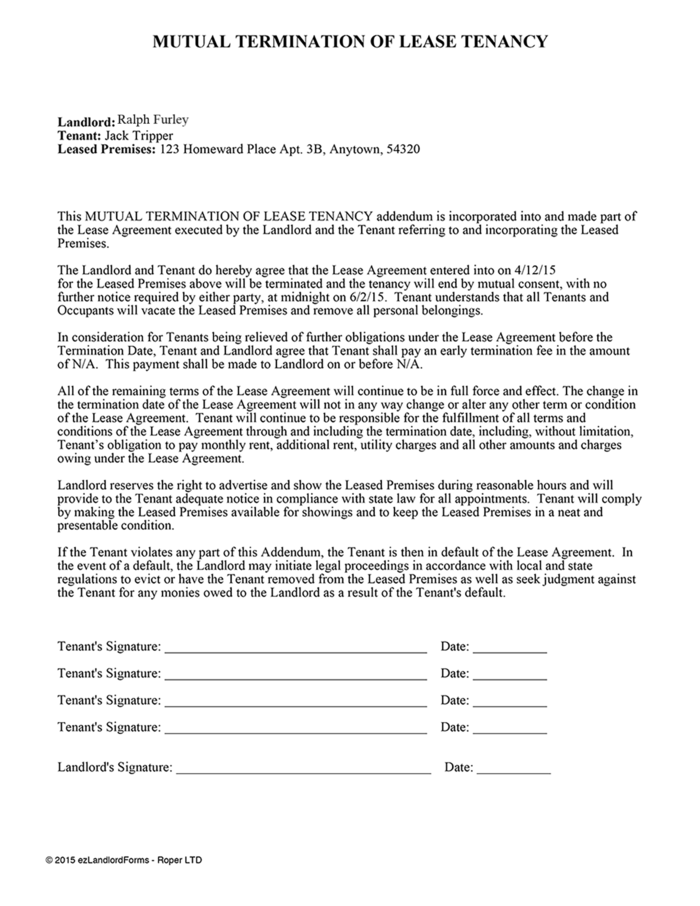Streamlining the Process: A Guide to Lease Termination Documentation
Leaving a rental property involves more than simply vacating the premises; it requires careful attention to documentation to ensure a smooth and lawful termination process. In this guide, we’ll explore the essential documentation guidelines for lease termination, providing tenants with insights on the necessary steps to streamline the process.
Understanding the Importance of Documentation
Documentation is a cornerstone of any lease termination process. It serves as a record of the agreed-upon terms, conditions, and actions taken by both the tenant and the landlord. Thorough documentation not only protects the rights of both parties but also establishes a clear and transparent framework for the termination process.
Notification of Intent to Terminate
The first crucial piece of documentation in the lease termination process is the notice of intent to terminate. Tenants are typically required to provide written notice within a specified timeframe as outlined in the lease agreement. This notice should include the intended date of termination and any other details specified in the lease, such as reasons for termination if required.
Documenting Property Inspection
Before vacating the property, tenants often undergo a property inspection with the landlord. This step is crucial for documenting the condition of the property at the time of termination. Both parties should thoroughly document any existing damages, necessary repairs, or cleaning requirements. This documentation serves as a reference point and can prevent disputes over the property’s condition.
Handling Security Deposits
The handling of the security deposit is another critical aspect of lease termination documentation. Landlords are typically required to provide an itemized list of deductions, if any, from the security deposit. Tenants should carefully review this documentation to ensure transparency and fairness in the deduction process. Clear documentation of the return or withholding of the security deposit is essential for legal compliance.
Termination Agreement
In some cases, landlords and tenants may choose to create a termination agreement that outlines the terms of the lease termination in detail. This agreement can cover aspects such as the return of keys, final utility payments, and any agreed-upon conditions for the termination. Having a written agreement adds an extra layer of clarity and can help prevent misunderstandings.
Seeking Professional Guidance
When in doubt about the documentation required for lease termination, seeking professional guidance is advisable. Legal professionals specializing in real estate can provide valuable insights into local regulations and ensure that the documentation aligns with legal requirements. This step adds an extra layer of protection for both tenants and landlords.
For a more comprehensive guide on lease termination documentation, visit Lease Termination Documentation. This resource offers valuable insights and practical tips for tenants looking to navigate the documentation process effectively.
Conclusion
Lease termination documentation is a vital aspect of the rental process that should not be overlooked. By understanding the importance of documentation, providing proper notice, documenting property inspections, handling security deposits transparently, creating termination agreements when necessary, and seeking professional guidance, tenants can ensure a smooth and well-documented lease termination process. This approach fosters a positive relationship between tenants and landlords, reducing the likelihood of disputes and facilitating a seamless transition for all parties involved.

